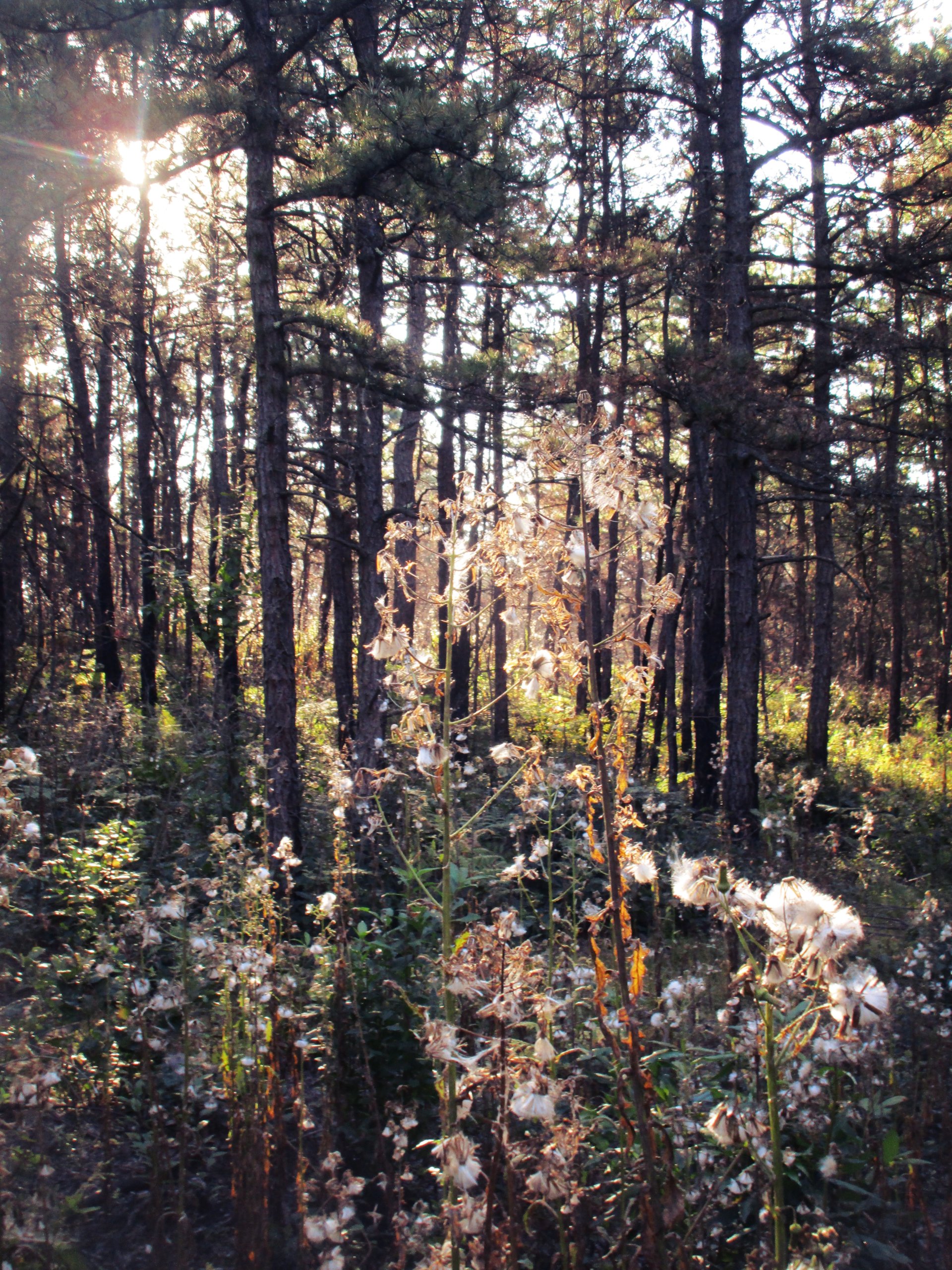By BRIAN NEARING Staff Writer
2010 ALBANY — Honeysuckle smells sweet and its red berries make a colorful splash in the fall, but this flowering shrub may be a magnet for deer with ticks that spread Lyme disease.
A recent academic study found that areas around dense thickets of honeysuckle are 10 times more likely to contain disease-carrying ticks than similar areas without honeysuckle. The decorative shrub, an Asian native, has spread throughout New York since it was deliberately introduced in the mid-1850s.
The reason? Stands of honeysuckle, which can grow up to 15 feet tall, form a dense tangle of branches that are perfect paths and cover for white-tailed deer, which can carry the ticks. More deer equals more ticks.
And honeysuckle, because its dense cover provides a place unseen by predators, draws more deer. The density of white-tailed deer in honeysuckle-invaded areas was roughly five times that in areas without honeysuckle, according to the study, which appeared in last week’s Proceedings of the National Academy of Sciences. It was performed by researchers from Washington University in St. Louis and the University of Missouri-St. Louis.
Lyme is a bacterial infection caused by a bite from an infected tick, and the disease is on the rise in New York, which has both a growing population of deer and large areas of invasive honeysuckle.
The disease starts with aching joints and flu-like symptoms and, if left untreated, can spread to the heart, joints and nervous system. It can be treated with antibiotics.
“The plants that people choose can aid in the spread of Lyme disease,” said Troy Weldy, director of ecological management for the New York chapter of the Nature Conservancy.
Native honeysuckles are vines, and do not provide cover to deer. “We are encouraging people to plant the native honeysuckle, and take out the invasive whenever they can,” Weldy said.
He said conservancy research has linked another common shrub, barberry, to an increased risk of Lyme.
Barberry is an ornamental commonly sold at nurseries, and forms small thorny thickets that are ideal cover for the white-footed mouse, another carrier of Lyme ticks. “Some people plant this around their basement windows, and it is ideal for mouse populations,” Weldy said.
He said the link between Lyme and barberry was shown in a recent study that included Columbia County and the Berkshires region of Massachusetts.
Both the mouse and the deer are spreading Lyme, which has become epidemic in upstate New York. More than 9,000 new cases were reported in 2009, and there have been more than 77,000 cases since the disease was first tracked starting in 1986.
The disease is most prevalent in the Hudson Valley. Columbia County has the highest rate of Lyme in the state, with 558 cases per 100,000 people, according to state Health Department figures for 2007-09.
Other high-risk counties in the Capital Region include Greene (284), Rensselaer (178), Albany, (121), and Washington (85). The statewide average for Lyme infection was 25 cases per 100,000 people.
Weldy said The Nature Conservancy is conducting a honeysuckle control program at its Lordsland Preserve outside of Cherry Valley in Otsego County. The goal is to protect Jacob’s Ladder, a rare plant, from the honeysuckle, which kills all nearby ground plants by shading light.
So-called “bush” honeysuckles reach heights of between 6 and 15 feet tall. The shrub has pink or yellow flowers in the spring, and reddish berries in the fall. Honeysuckles are among the first shrubs to leaf out in the spring and the last to drop leaves in the fall.
The invasive shrub can quickly spread in open woodlands, old fields and other disturbed sites, with its seeds spread by birds and small mammals. It can form thickets that choke off native plants and tree seedlings.
Reach Brian Nearing at 454-5094 or bnearing@timesunion.com.
Published in November/December Newsletter 2010
